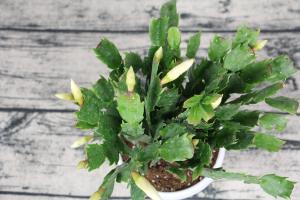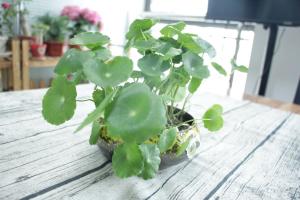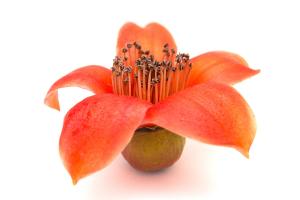When to Plant Tomatoes in New Hampshire
Tomatoes are a popular crop for gardeners in New Hampshire, but the timing of when to plant them is crucial to their success. The state has a short growing season, with frost risk at both ends of the season. The following guide will help you determine the best time to plant tomatoes and get a bountiful harvest.
Determine Your Last Frost Date
The first step in planting tomatoes is determining your last frost date. In New Hampshire, this typically falls between May 10th and May 20th. To be on the safe side, wait until after this date to plant your tomatoes outside.
Choose the Right Variety
When choosing tomato varieties, it's important to consider the length of your growing season. New Hampshire's shorter growing season means that indeterminate varieties may not have enough time to fully ripen their fruits. Determinate varieties, on the other hand, are a better choice since they have a shorter harvest period and are less affected by frost.
Start Seeds Indoors
New Hampshire's short growing season makes it necessary to start tomato seeds indoors before transplanting them outside. Start seeds 6 to 8 weeks before your last frost date. This will give the plants plenty of time to grow before they are transplanted into the garden. Be sure to keep the soil moist and warm (around 70°F) for germination to occur.
Transplant Tomatoes Outside
Once the danger of frost has passed, it's time to transplant your tomato seedlings into the garden. This typically occurs between late May and early June in New Hampshire. Be sure to acclimate your plants by placing them outside in a sheltered spot for a few days before transplanting them. This will help them adjust to outdoor conditions without becoming shocked.
Provide Proper Care
After transplanting, it's important to provide proper care to your tomato plants. Be sure to water them regularly, and provide plenty of space and support for the plants to grow. New Hampshire's shorter growing season means that the plants will need more fertilizer than in other locations. Be sure to use a high-quality, balanced fertilizer and apply it as directed.
In Conclusion
Growing tomatoes in New Hampshire can be a challenge, but with proper planning and care, it's possible to have a bountiful harvest. Determine your last frost date, choose the right variety, start seeds indoors, transplant outdoors, and provide proper care to ensure success. Happy planting!

 how many times do yo...
how many times do yo... how many planted tre...
how many planted tre... how many pine trees ...
how many pine trees ... how many pecan trees...
how many pecan trees... how many plants comp...
how many plants comp... how many plants can ...
how many plants can ... how many plants and ...
how many plants and ... how many pepper plan...
how many pepper plan...





























